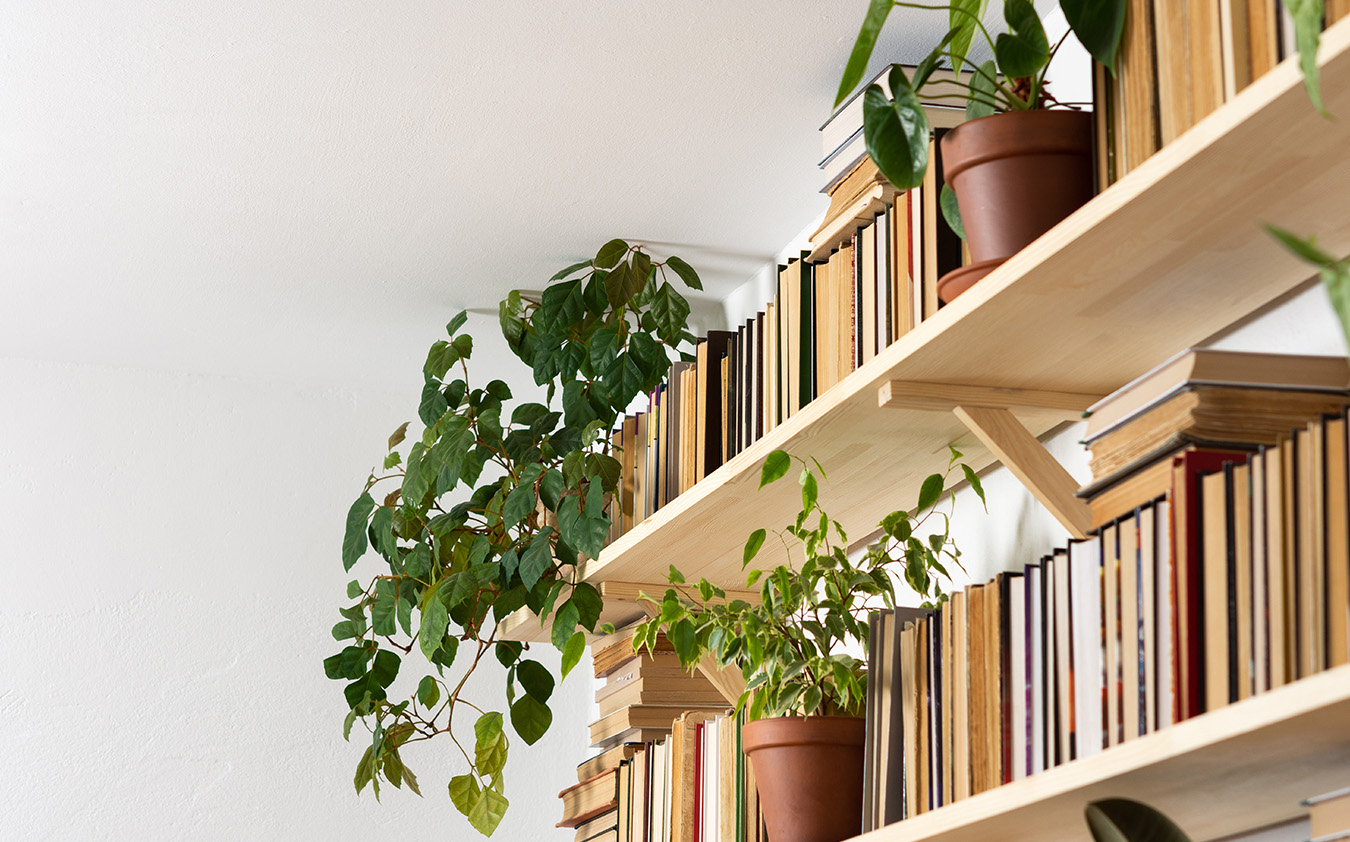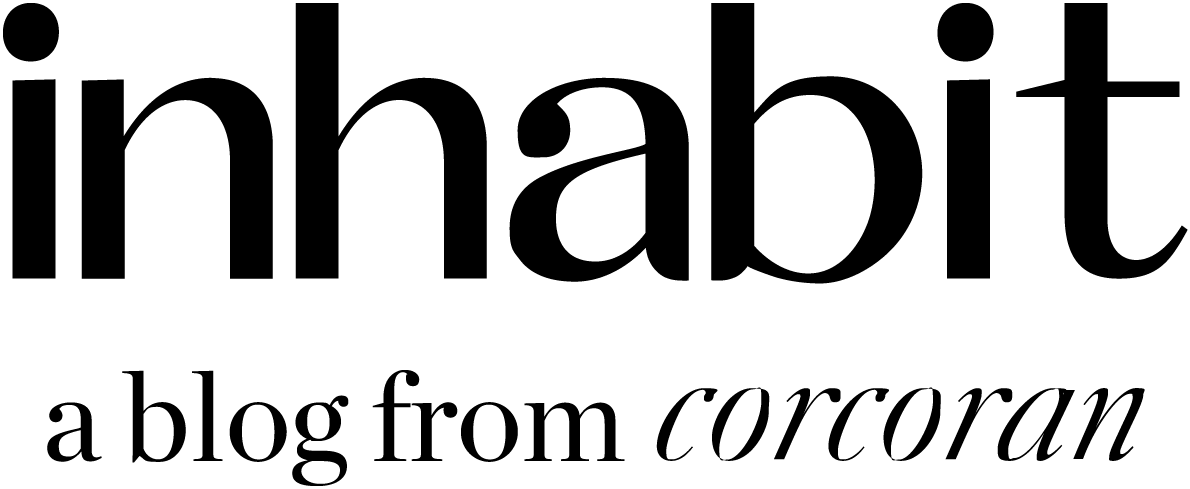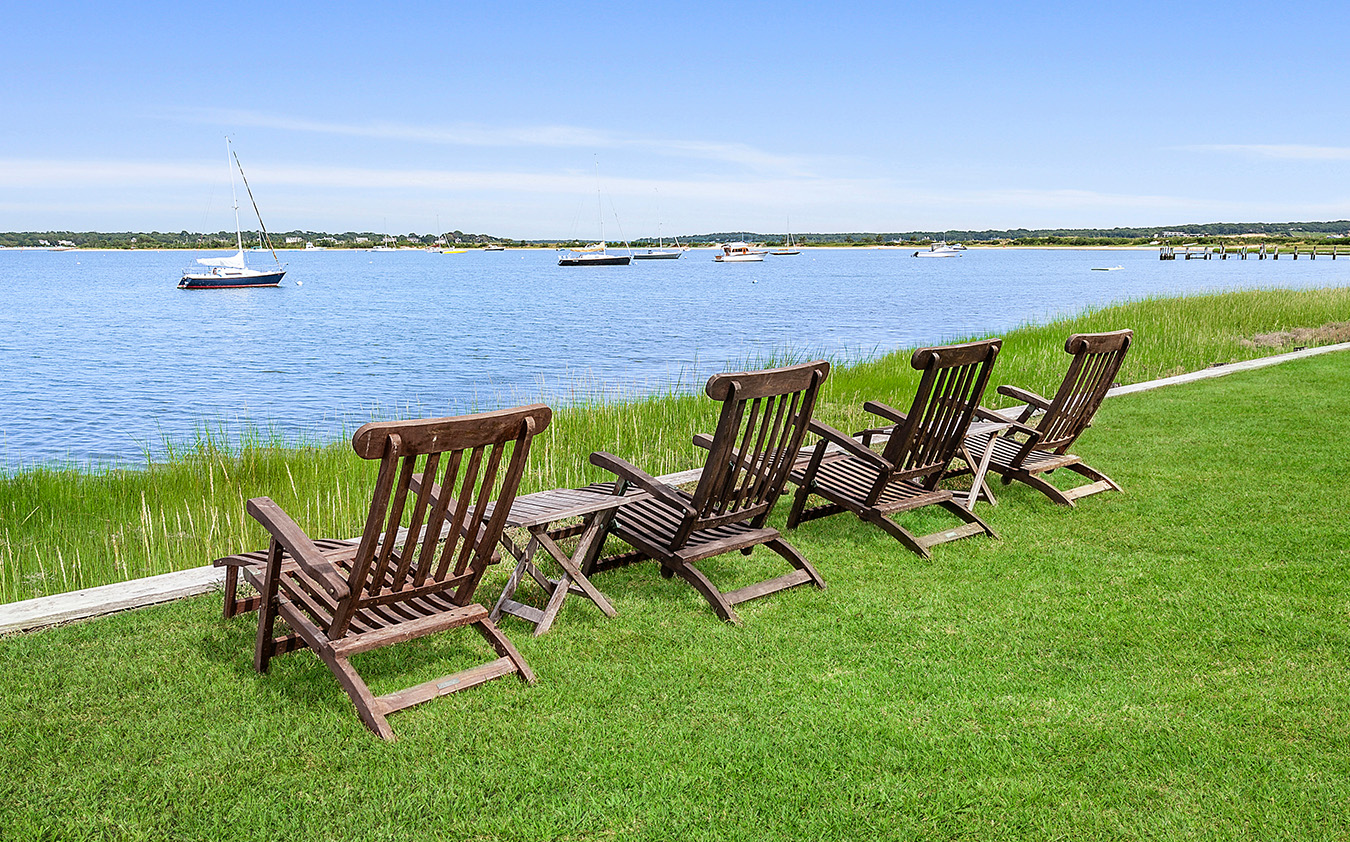
Six Ways How to Not Organize Your Bookshelves
Finding your sense of shelf is a journey, not a destination.
I am a reader in a family of readers. At our wedding, our first dance was to “I Could Write a Book.” When we travel, we seek out bookstores and buy souvenirs. When we have birthdays, we receive books as gifts. Books are, in short, important in our lives — and naturally, in our New York City apartment.
We have a double bookcase in the living room and a wall of built-in shelves in our den/guest room. The kids have bookcases in their rooms. Our books are loosely organized by type: a shelf of books written by people we know, a shelf dedicated to first editions, lots of odd-sized art and design books on open top shelves for extra headspace. Lots of shelves for fiction with a little nonfiction thrown in (essays on baseball, biographies, horrifying books about climate change, vintage Boy Scout manuals, etc.). We have a shelf for film books, one for poetry and plays, one for travel books, two for books about NYC architecture and history (yes, I know it’s a form of navel-gazing for people who live here). We have another stack of big art books beneath a side table in the living room. And a pile of what we’re currently reading on the coffee table in front of the sofa.
So, honestly, who am I to tell you how to organize your books? I can’t. But I can tell you how I wouldn’t organize my books:
1. Shelved with spines facing in.
Seriously? I suppose there’s a bland visual sameness that appeals to people — (nonreaders, she scoffed) — who are easily agitated by the sight of letters, pictures, and colors on book jackets. Do people really do this, or is it only for staging model homes?
2. Shelved with blank paper covers.
Again, do you ever hope to find the book you’re looking for? Do you hate to read but like the idea of books as decor? Why?
3. Shelved by color.
When I was working in a bookstore after college, a customer couldn’t remember the title he wanted but described its cover to me, and I knew he meant the paperback edition of Mosquito Coast. Even so, seeing photos of books organized chromatically makes me anxious. Maybe some very visually-minded readers remember book jackets so well that they can locate them by color and prefer the way this looks. This may be you. It is not me, in spite of my Paul Theroux spidey sense.
4. Randomly shelved.
My husband takes this approach to organizing his record albums because he delights in the serendipity of stumbling upon forgotten friends when he’s rooting around for some specific record. This is like trying to find a book at someone else’s house. It’s okay and kinda fun, but not efficient at all.
5. Read and then donated to the thrift store.
I really admire minimalism and hate dust — but back off, Marie Kondo. I am greedy. I will lend books to people but I will not discard them. Unless they were bad.
6. Organized with an app.
Several digital options like LibraryThing and BookBuddy let you scan books’ ISBN codes with your phone (or manually type in info about older books) and then they track your collection for you. The apps don’t recommend where to shelve books, but some let you add tags like “upper shelf” to narrow down where to look. By interfacing with data from publishers and the Library of Congress, some even note the weight and dimensions of all your books. But, the apps focus on counting books instead of reading them so again, nope.
Upon rereading this, I suppose I come off as a bit neurotic. And compulsive. I’ll accept those diagnoses but I’m not rigid, I simply like a little order. My tastes fall somewhere between mayhem and the Dewey decimal system.
Oh, and I guess I should ask: How do you organize your books?





